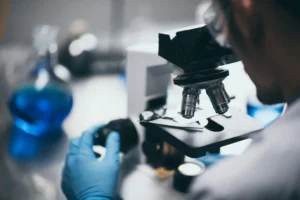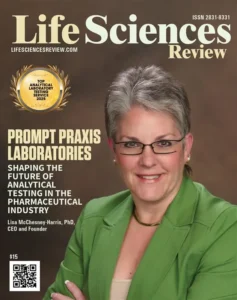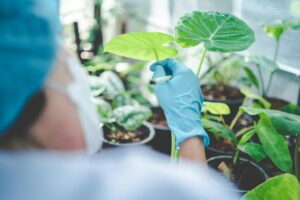Table of Contents
What is UV/Vis Spectroscopy?
UV/Vis spectroscopy is a technique used to measure the absorption of light by a sample in the ultraviolet and visible regions of the electromagnetic spectrum. It is a non-destructive method that provides information about the electronic structure of molecules and can be used to identify and quantify compounds in a sample.
How does UV/Vis Spectroscopy work?
UV/Vis spectroscopy works by passing a beam of light through a sample and measuring the amount of light absorbed by the sample at different wavelengths. The amount of absorption is related to the concentration of the absorbing species in the sample and the wavelength of maximum absorption is related to the electronic structure of the absorbing species.
Applications of UV/Vis Spectroscopy
UV/Vis spectroscopy is widely used in many fields, including chemistry, biology, environmental science, and materials science. It can be used to identify and quantify compounds in a sample, monitor chemical reactions, determine the purity of a sample, and study the electronic structure of molecules.
Advantages of UV/Vis Spectroscopy
UV/Vis spectroscopy is a fast, simple, and non-destructive method that requires minimal sample preparation. It is also a relatively inexpensive technique that can be used with a wide range of samples.
Limitations of UV/Vis Spectroscopy
UV/Vis spectroscopy has some limitations, including its inability to detect compounds that do not absorb in the UV/Vis region, its sensitivity to sample matrix effects, and its inability to distinguish between different compounds that absorb at the same wavelength.
Instrumentation for UV/Vis Spectroscopy
UV/Vis spectroscopy requires a spectrophotometer, which consists of a light source, a monochromator to select the wavelength of light, a sample holder, and a detector to measure the amount of light transmitted through the sample.
Conclusion
UV/Vis spectroscopy is a powerful analytical technique that has many applications in science and industry. It provides valuable information about the electronic structure of molecules and can be used to identify and quantify compounds in a sample. With its simplicity, speed, and versatility, UV/Vis spectroscopy is a valuable tool for researchers and analysts in many fields.




